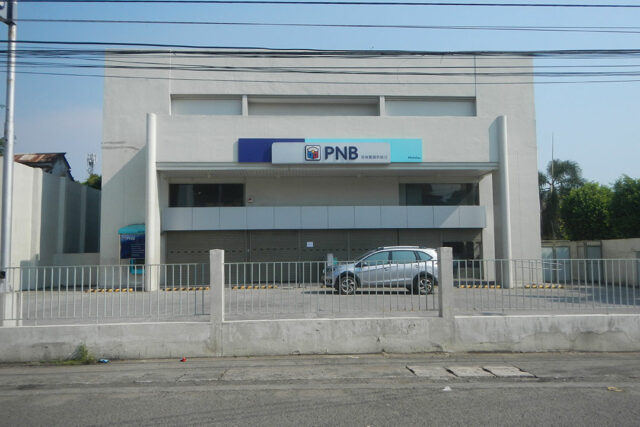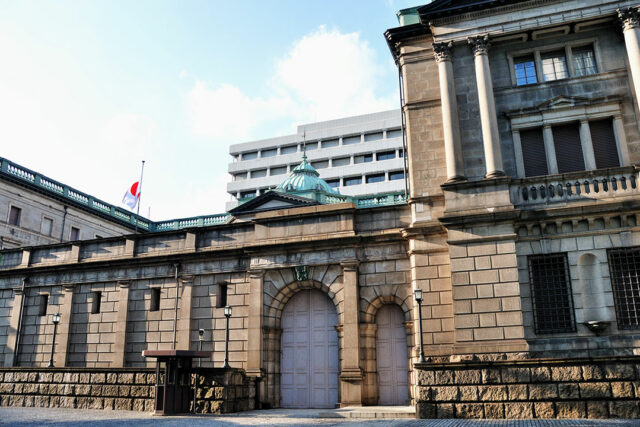At the BusinessWorld Economic Forum (BWEF) 2024, which was held on May 22 at the Grand Hyatt Hotel, National Economic and Development Authority (NEDA) Secretary Arsenio M. Balisacan reiterated the economic team’s target of having the Philippines become an upper middle-income country (UMIC) by 2025. See this story in BusinessWorld, “PHL on track to reach upper middle-income status, says NEDA chief” (May 24).
A UMIC is a country that has a gross national income (GNI) of between $4,466 to $13,845 per person per year. GNI is computed by taking gross domestic product (GDP) minus net primary income from abroad (NPIA), mainly but not entirely overseas Filipino worker (OFW) remittances. In 2023, the GNI of the Philippines at current or nominal prices was P26.99 trillion while GDP was P24.32 trillion, so the NPIA was P2.67 trillion.
In per capita values in 2023, GNI was P241,165 or $4,335 at an average exchange rate of P55.63/US$ last year, and GDP per capita was P217,300 or $3,906. This means that we only need to increase our GNI per capita by $131 or P7,362 at P56.20/US$ to be a UMIC this year.
We need this kind of increase in per capita income to further attract investments, domestic and foreign. Investors should know that not only is our total population or consumer base rising, but so is the spending capacity per person. So, they will put their money and investments here, or expand existing ones, which will create more jobs and further raise our per capita income.
The average share to total GDP from 2019 to 2023 were: household consumption (C) 73%, capital formation or investment (public plus private) 23%, and government consumption 14%. So, it is C that really drives — pulls up or down — overall GDP and GNI, and we are curious to see what would further raise C. After all, someone’s spending is someone’s production, or a family’s demand is another family’s supply.
I checked the growth rate of GDP and C and compared it with the overall inflation of the Philippines. There is indeed an inverse relationship between the inflation rate and C: When inflation is low, say below 4%, C is high, between 5.5% to 6.2%, and consequently, GDP is high, 6.2% to 6.6%, as it was from 2010 to 2019. When inflation is high, above 4%, C is low — C was only 4% from 2005 to 2009, and 2.5% from 2020-2023. Investment also follows the same trend as C (see the table).

So, if we want to expand C, investment, overall GDP, and, by extension, per capita income, we should pursue policy measures that are investment-friendly, productivity- and supply- enhancing, and waste-reducing. These in turn will reduce inflation, especially food inflation.
Mr. Balisacan said in his speech at the economic forum that “If growth this year is not dampened, [we] should be on track… The good thing is inflation is manageable now. Even though we expected worse for the April [print], it turned out better than expected. So, we hope that will continue.”
Finance Secretary Ralph G. Recto correctly observed that “The Philippines’ rise to upper middle-income status is anchored on sustaining our growth momentum. The trajectory, the policies, and the momentum are in place. To achieve that, we are focused on keeping the economy growing at an elevated pace by maintaining price stability, achieving or even surpassing our revenue targets, and investing in productivity-enhancing sectors.”
Budget Secretary Amenah F. Pangandaman has appropriately pointed out that “our public spending priorities remain focused on improving our human and physical infrastructure, productivity-raising education, transportation (air-land-sea) and communication-enhancing infrastructures that will further increase our overall economic productivity and efficiency.”
I support the economic optimism of the economic team. In particular, I support Mr. Recto’s policy of no-new-taxes, improving revenue collection like controlling smuggling and illicit trade, and improving non-tax revenues. I also support Ms. Pangandaman’s National Government Rightsizing Program (NGRP): control the expansion of the bureaucracy while improving the efficiency of those offices that are retained.
Pursuing high and sustained growth is non-negotiable because it refers to uplifting more Filipinos from poverty and uplifting the middle class to become wealthy households. The pursuit of economic prosperity and material wealth will lead to more environmental sustainability and a more peaceful future.
Yesterday afternoon, May 27, the economic and infrastructure teams held a Philippine Economic Briefing at the Philippine International Convention Center. I will discuss the major points they took up in this column on Thursday.
Bienvenido S. Oplas, Jr. is the president of Bienvenido S. Oplas, Jr. Research Consultancy Services, and Minimal Government Thinkers. He is an international fellow of the Tholos Foundation.
minimalgovernment@gmail.com













